
Acupuncture is the collective term for the alternative medical practice that entails stimulating certain points on the body, most often with a metallic needle or with heat, to help alleviate pain or to treat various health conditions. It is based on ancient Chinese holistic medical principles which date back over two thousand years. It is a positive model of good health and function and looks at pain and illness as signs that the body is out of balance.
There can be numerous reasons for this; emotional and physical stress, poor nutrition, infection, or injury are among the most common. The overall aim of acupuncture treatment is to re-establish the free flow of Qi and Blood and trigger the body’s natural healing response to restore harmony. The effect is both stimulating and calming and influences the function of the organs, muscles, autonomic and other systems of the body.
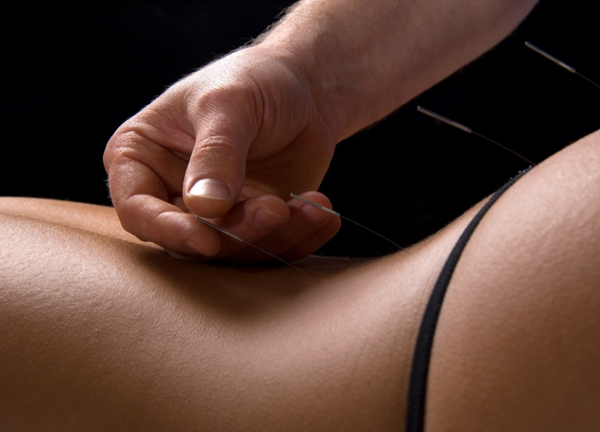
Toyohari Meridian Therapy is unique to Japan and part of the Keiraku Chiryo acupuncture tradition. It is part of the oldest system of acupuncture still in daily use. The majority of its practitioners are blind or visually impaired as traditionally acupuncture is a profession for the blind.

TCM Scalp Acupuncture is a modern acupuncture treatment based on knowledge of traditional Chinese medicine acupuncture and neurology. It is done by inserting acupuncture needles into the loose areolar tissue layer of the scalp to stimulate the brain neurons of the underlying area.

Auricular acupuncture has been in wide use since the 1950’s and looks at the ear as a microsystem of the entire body. Specific points are activated on the ear using inserted needles or non-invasive magnets or tiny pellets in the same way acupuncture points are used on the body.

Korean hand Therapy is unique among all micro reflex systems by developing micro acupuncture meridians on the hands with specific points used for treatment rather than just general reflex areas. Using gentle stimulation of the hands it can help treat a wide range of symptoms and illnesses. KHT points can be stimulated in the same way body acupuncture points are used.
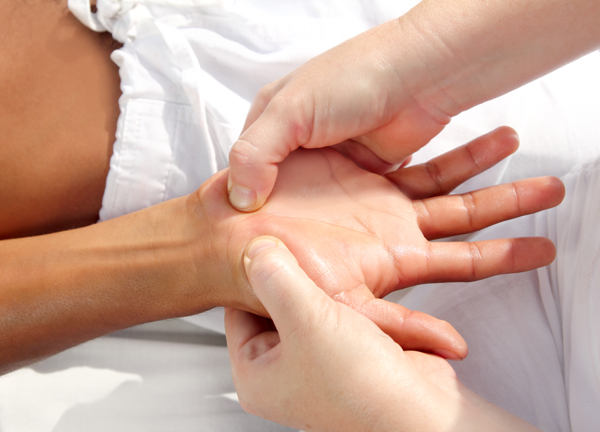
Tui Na is a hands-on body massage treatment that uses manual techniques to brush, knead, roll/press, and rub the areas of the body to attempt to open the body’s defensive (Wei) Qi and get the nutritive (Ying) Qi moving in the meridians and the muscles. These techniques aid in the treatment of both acute and chronic musculoskeletal conditions, as well as many non-musculoskeletal conditions.
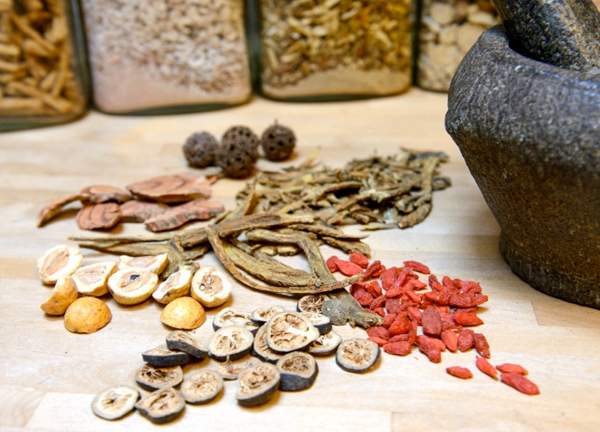
Just like acupuncture it uses the theories of Chinese medicine to create a treatment that is tailored to each patient depending on their symptoms using a combination of herbs that work together in a formula. These formulas are used to clear pathogenic factors, move stagnation, clear Dampness and Phlegm, harmonise the Qi and nourish deficiencies of the Qi and Blood.
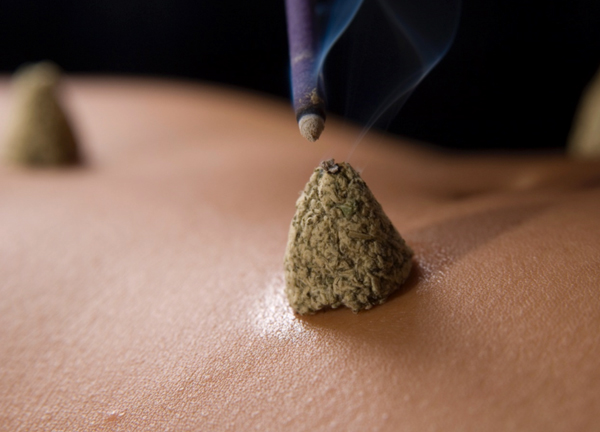
Used to stimulate acupuncture points on the body, Moxibustion is one type of hyperthermia therapy method that originated in Northern China well over 2,200 years ago. It was brought to Japan along with acupuncture and Chinese herbal medicine around the 6th century.
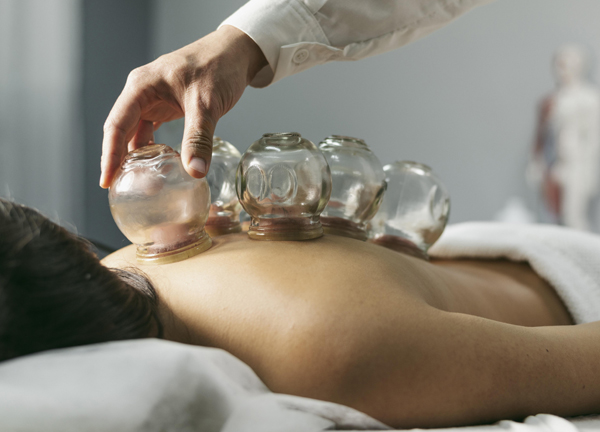
Through either heat or suction, the skin is gently drawn upwards by creating a vacuum in a cup over the target area of the skin. The cup stays in place for 5 to 15 minutes. It helps treat pain, deep scar tissues in the muscles and connective tissue, muscle knots, and swelling.
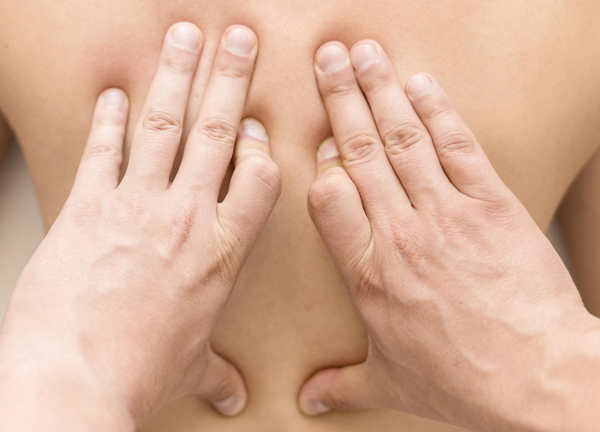
Physical pressure is applied to acupuncture points or ashi (painful trigger points) with the aim of clearing Qi blockages and stagnation in the affected primary and sinew meridian systems. Pressure is applied by hand, elbow, or various traditional massage tools.
| Cookie | Duration | Description |
|---|---|---|
| cookielawinfo-checkbox-analytics | 11 months | This cookie is set by GDPR Cookie Consent plugin. The cookie is used to store the user consent for the cookies in the category "Analytics". |
| cookielawinfo-checkbox-functional | 11 months | The cookie is set by GDPR cookie consent to record the user consent for the cookies in the category "Functional". |
| cookielawinfo-checkbox-necessary | 11 months | This cookie is set by GDPR Cookie Consent plugin. The cookies is used to store the user consent for the cookies in the category "Necessary". |
| cookielawinfo-checkbox-others | 11 months | This cookie is set by GDPR Cookie Consent plugin. The cookie is used to store the user consent for the cookies in the category "Other. |
| cookielawinfo-checkbox-performance | 11 months | This cookie is set by GDPR Cookie Consent plugin. The cookie is used to store the user consent for the cookies in the category "Performance". |
| viewed_cookie_policy | 11 months | The cookie is set by the GDPR Cookie Consent plugin and is used to store whether or not user has consented to the use of cookies. It does not store any personal data. |
